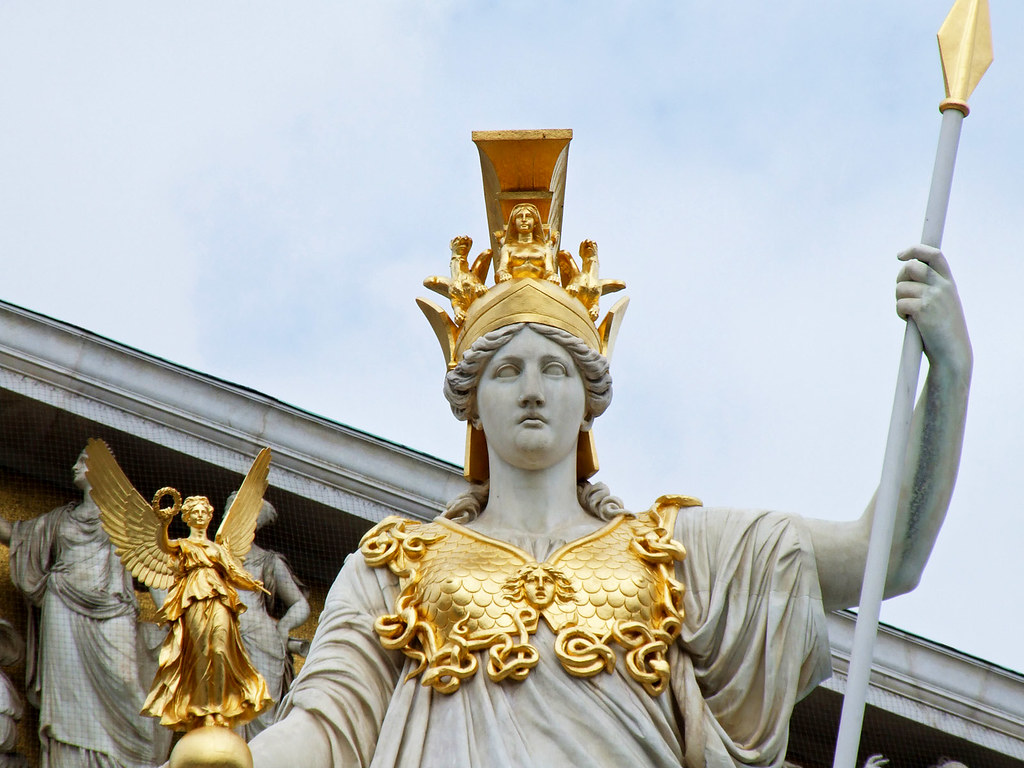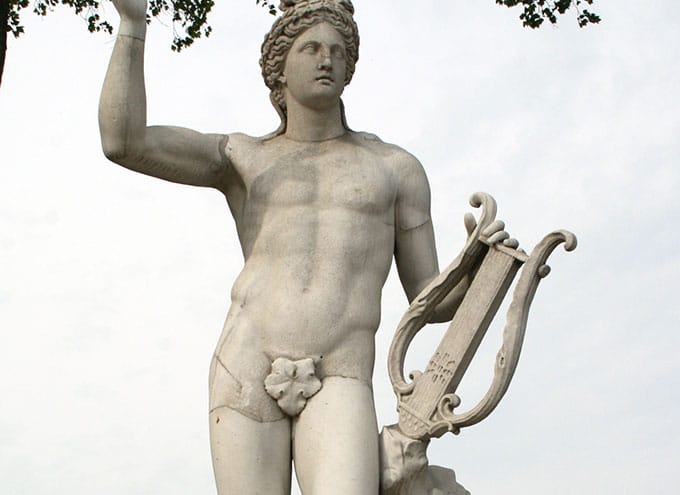A lot of people in my life are struggling with their mental health right now. Perhaps you are as well, January seems to bring it out in people. When I am having a bad mental health day, it helps me to remember that brain chemistry is largely to blame for how we feel. Even the ancient Hellenes seemed to realize that emotions stem from the brain (even though they attributed it to phlegm), and it's of all ages to struggle.
On the Sacred Disease is a work of the Hippocratic Corpus, written in 400 BCE. The authorship of the piece can't be confirmed and is therefore regarded as dubious. The treatise contains causes of illnesses that take them out of the realm of the supernatural and into the realm of naturalistic, which is considered a major break in the history of medicine.
By this very organ we become both sane and delirious and fears and horrors attend us sometimes at night and sometimes at day. This brings us bouts of sleeplessness and makes us mistake-prone at terrible times, bringing thoughts we cannot follow, and deeds which are unknown, unaccustomed or untried.
Yes, we suffer all these things from or brain when it is not health but is hotter than natural, too cold or too wet or too dry or suffers any other kind of thing contrary to its custom. We go insane because of its moistness. For whenever it is wetter than natural, it is forced to move. And when it moves, neither sight can be still nor hearing. Instead, we hear and see different things at different times and the tongue talks about the kinds of things it sees and hears each time. But a person can think as long as the brain remains still.”
On the Sacred Disease is a work of the Hippocratic Corpus, written in 400 BCE. The authorship of the piece can't be confirmed and is therefore regarded as dubious. The treatise contains causes of illnesses that take them out of the realm of the supernatural and into the realm of naturalistic, which is considered a major break in the history of medicine.
“People should know that our pleasures, happiness, laughter, and jokes from nowhere else [but the brain] and that our griefs, pains, sorrows, depressions and mourning come from the same place. And through it we think especially, and ponder, and see and hear and come to perceive both shameful things and noble things and wicked things and good things as well as sweet and bitter, at times judging them so by custom, at others by understanding what is advantageous based on distinguishing what is pleasurable and not in the right time and [that] these things are not the same to us.
By this very organ we become both sane and delirious and fears and horrors attend us sometimes at night and sometimes at day. This brings us bouts of sleeplessness and makes us mistake-prone at terrible times, bringing thoughts we cannot follow, and deeds which are unknown, unaccustomed or untried.
Yes, we suffer all these things from or brain when it is not health but is hotter than natural, too cold or too wet or too dry or suffers any other kind of thing contrary to its custom. We go insane because of its moistness. For whenever it is wetter than natural, it is forced to move. And when it moves, neither sight can be still nor hearing. Instead, we hear and see different things at different times and the tongue talks about the kinds of things it sees and hears each time. But a person can think as long as the brain remains still.”













